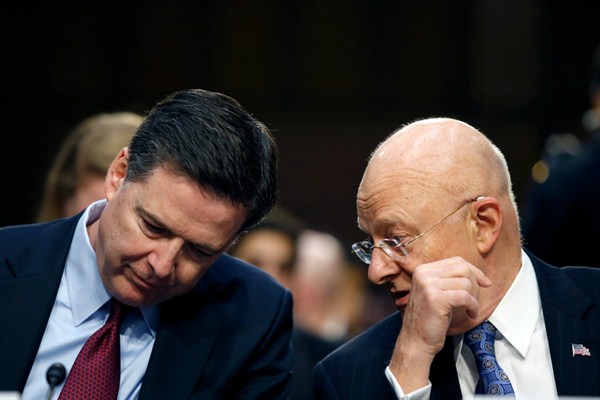Every year in February, the heads of U.S. intelligence agencies present Congress with an unclassified threat assessment. The quality of the document this year is uneven, and it’s clear that intelligence leaders remain conflicted about how much of their knowledge belongs in the public domain. But the annual ritual has some value in pushing the intelligence bureaucracy to clarify its thinking on key issues, and can set a framework for a productive partnership with policymakers.
Last week, WPR columnist Michael Cohen argued that the annual Worldwide Threat Assessment, as the report and accompanying congressional testimony is known, amounts to fear-mongering that often overstates threats and fails to identify positive opportunities for America’s role in the world. Since it’s a threat assessment, the core purpose of the exercise is to focus on the bad things that could happen, so that particular criticism seems to miss the mark. Congress turns to the intelligence community for a hard-nosed appraisal of the dangers to U.S. interests in the international environment, and the resulting assessment is an important input to Congress’ role in setting budget priorities.
For more than a decade, these annual assessments have been presented publicly on live television, to multiple congressional committees, from the Select Committees on Intelligence to the Armed Services and Homeland Security Committees. Its tone is cool and clinical, without much color or editorial comment.

